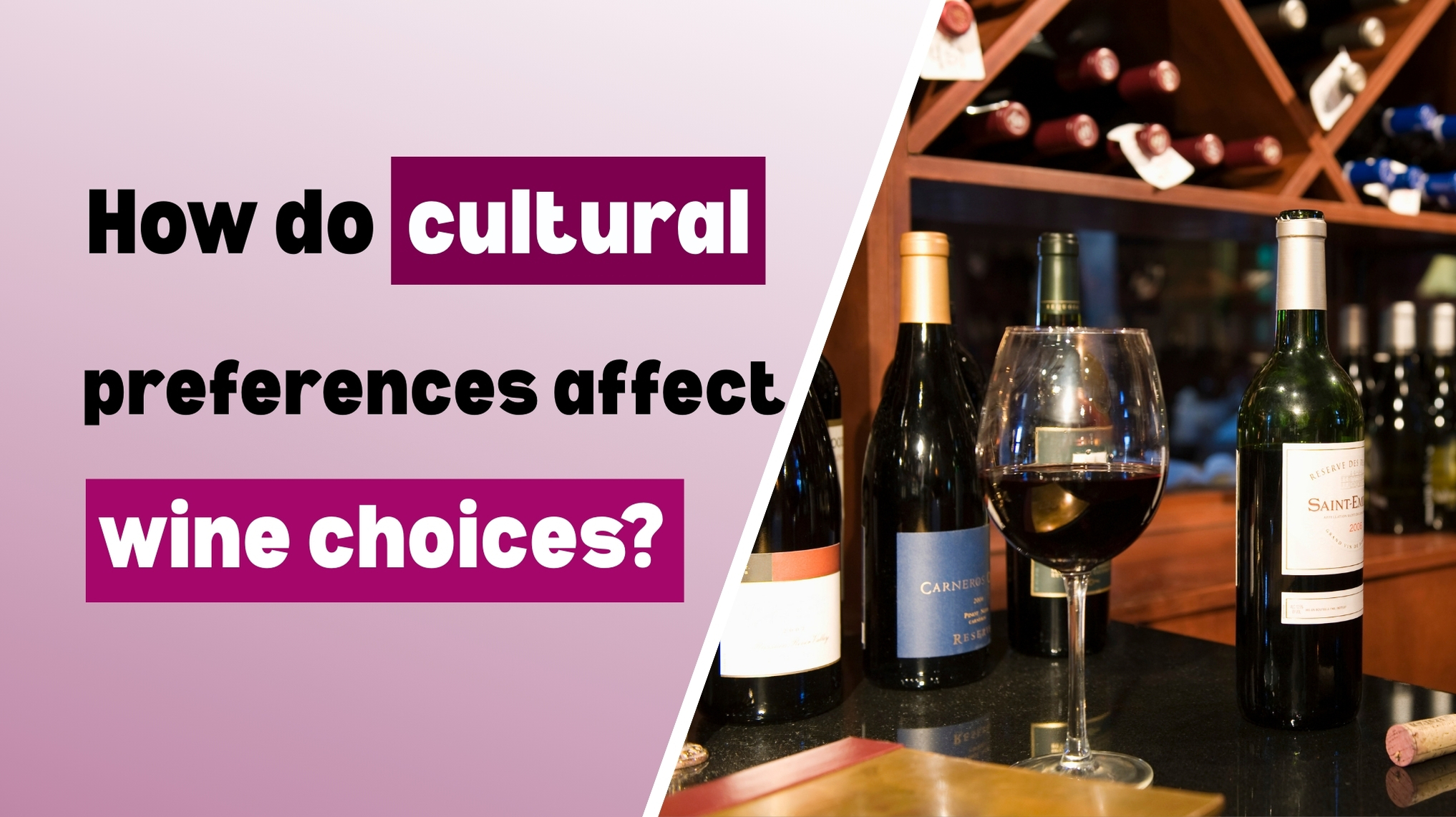How can wineries expand into new markets?

Expanding into new markets is a pivotal strategy for wineries aiming to grow their brand and increase sales. However, this endeavor requires careful planning and execution to navigate the complexities of diverse markets. This article outlines effective strategies for wineries to successfully enter and establish themselves in new markets.
Understanding the Target Market
Before venturing into a new market, it's essential to conduct thorough research to understand local consumer preferences, cultural nuances, and purchasing behaviors. For instance, the Indian wine market is projected to double by 2028, driven by evolving consumer tastes and increased acceptance of wine as a lifestyle beverage. Recognizing such trends enables wineries to tailor their offerings to meet local demands effectively.
Building Strategic Partnerships
Collaborating with local businesses can significantly enhance market entry efforts. Forming alliances with restaurants, hotels, and retailers allows wineries to leverage existing distribution networks and gain credibility. For example, partnering with local artisan cheese producers or boutique hotels can create unique wine-pairing experiences that attract new customers.
Leveraging Wine Tourism
Wine tourism has become a global phenomenon, offering wineries an opportunity to showcase their products and create immersive experiences for consumers. By offering vineyard tours, tasting events, and food pairings, wineries can attract visitors and boost brand recognition. Such initiatives not only generate direct sales but also foster word-of-mouth marketing as visitors share their experiences.
Embracing Digital Transformation
In today's digital age, establishing a robust online presence is crucial. Investing in e-commerce platforms, engaging in social media marketing, and utilizing online customer engagement tools can help wineries reach a broader audience. For instance, virtual wine tastings and online subscription services can introduce products to consumers who may not have access to physical locations.
Focusing on Sustainability
Consumers are increasingly drawn to brands that demonstrate environmental and social responsibility. Implementing sustainable practices, such as organic farming and eco-friendly packaging, can differentiate a winery in a competitive market. Communicating these efforts through marketing materials and certifications can build trust and appeal among environmentally conscious consumers.
Exploring Emerging Markets
Diversifying into emerging markets can mitigate risks associated with market saturation in traditional regions. For example, Australian wineries have been focusing on Asian markets amid trade tensions with traditional partners. Identifying and entering markets with growth potential, such as Asia-Pacific, Latin America, and the Middle East, can open new revenue streams.
Innovating Product Offerings
Adapting products to meet local tastes and preferences is vital. This could involve developing new wine styles, such as mid-strength varieties, or introducing innovative packaging to appeal to younger demographics. For instance, the rise of canned wine cocktails has attracted consumers seeking convenience without compromising on quality.
Participating in Trade Shows and Events
Attending international wine fairs and trade shows provides wineries with opportunities to showcase their products, network with industry professionals, and gain insights into market trends. Events like Vinitaly in Verona attract thousands of wine companies and buyers, facilitating business connections and market exposure.
Navigating Regulatory Challenges
Understanding and complying with local regulations, tariffs, and import laws is critical to avoid legal issues and financial penalties. For example, potential tariffs on European wines in the U.S. have caused concern among Italian wine exporters. Engaging legal experts and consultants familiar with the target market can help navigate these complexities effectively.










